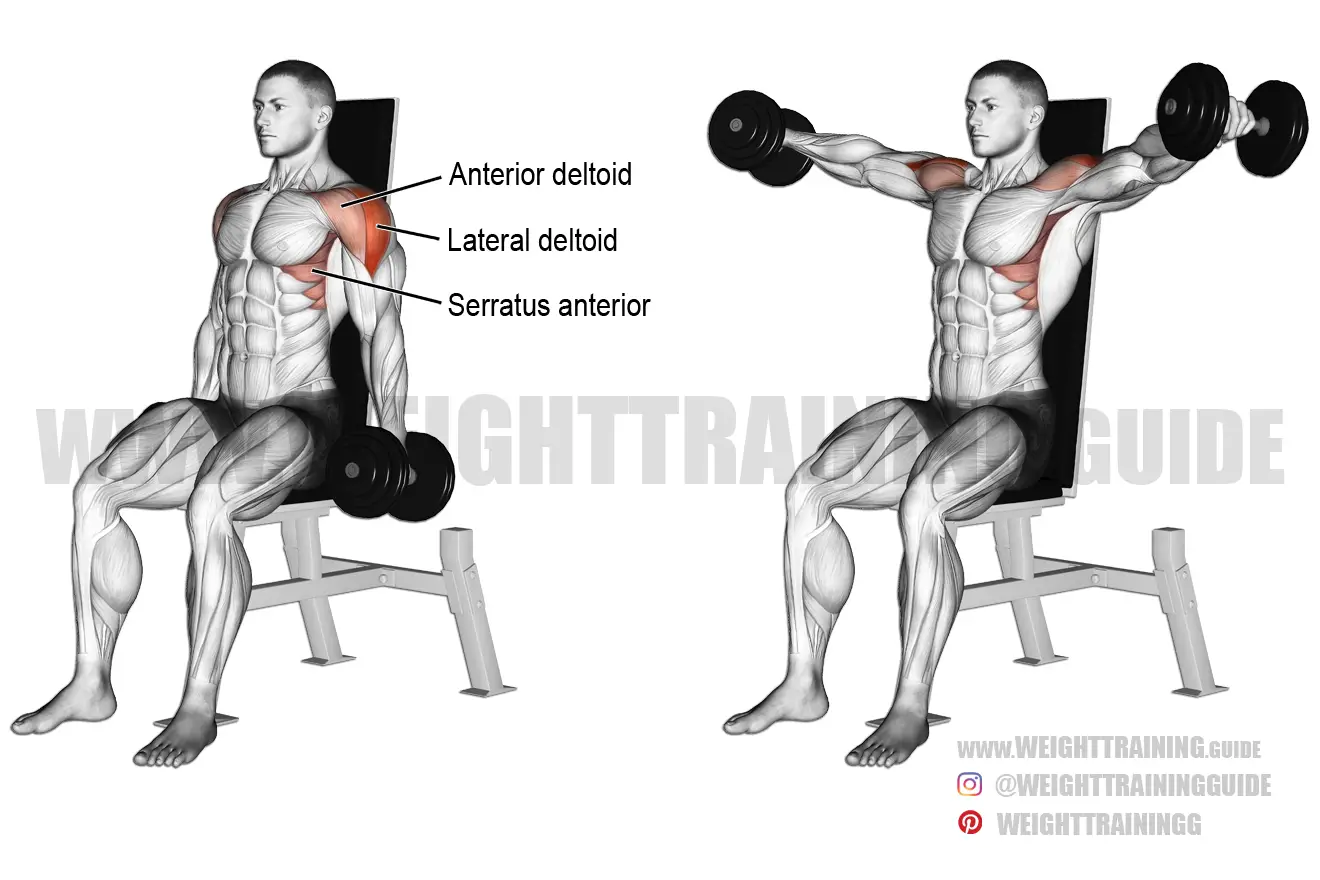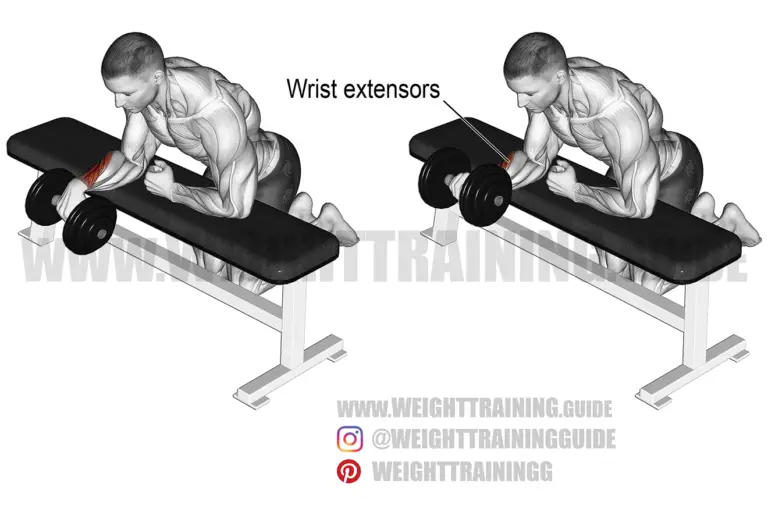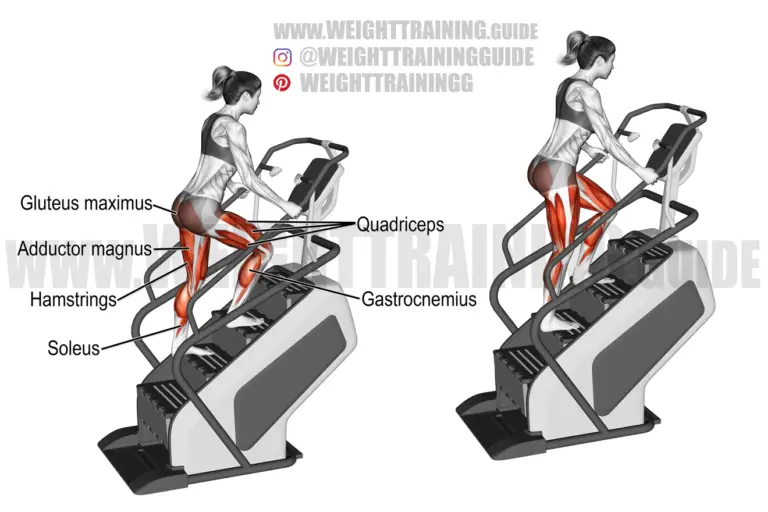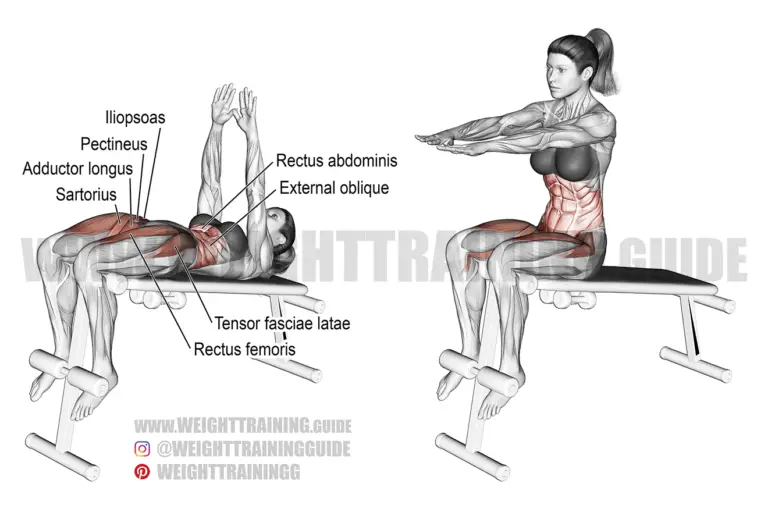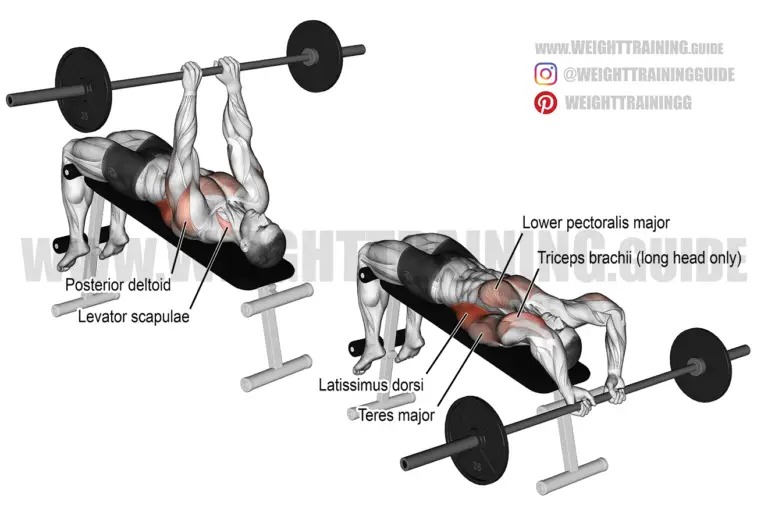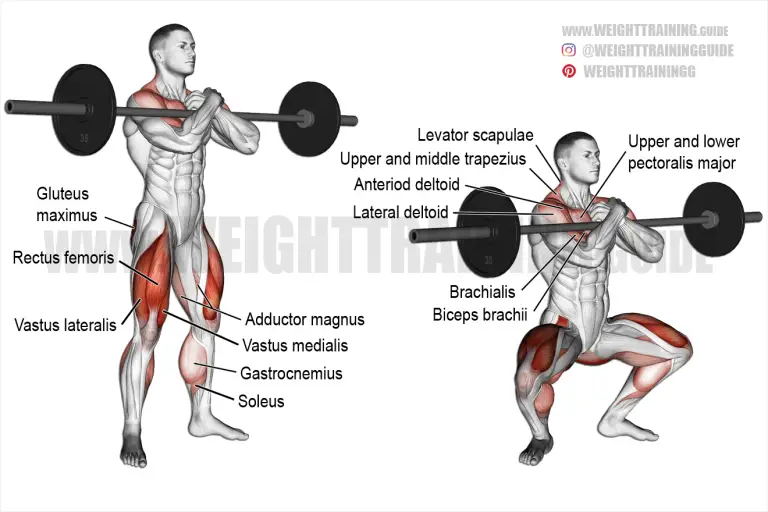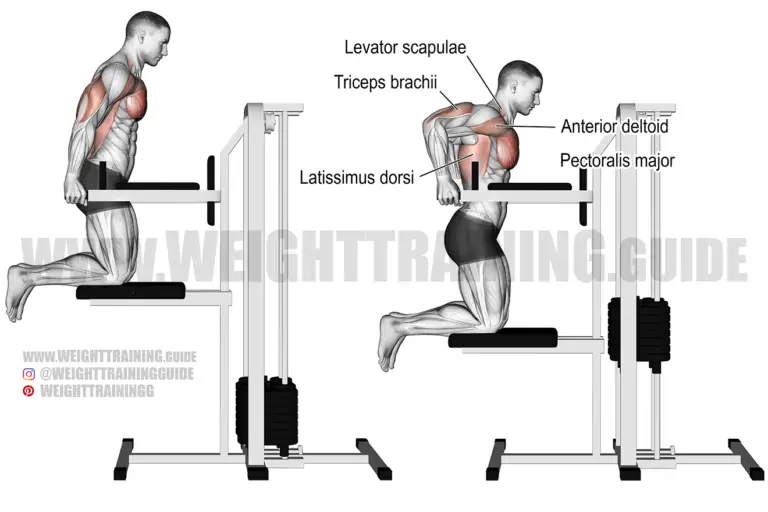Seated dumbbell lateral raise
Exercise details
- Target muscle: Lateral Deltoid
- Synergists: Anterior Deltoid, Serratus Anterior, Supraspinatus, Middle and Lower Trapezius
- Mechanics: Isolation
- Force: Pull
Starting position
Note: This image does not illustrate the safest and most effective way to perform the seated dumbbell lateral raise. Please follow the instructions and video below instead of the image while I have the image redesigned.
- Holding a dumbbell in each hand, sit on the end of a bench or on a chair.
- Keeping your back straight, lean forward a little.
- Let the dumbbells hang down by your sides, with your elbows slightly bent.
- Externally rotate your shoulders a little so that your palms face a little forward instead of your thighs.
Execution
- Keeping your elbows slightly bent, exhale as you raise the dumbbells out to the sides until your elbows are shoulder height or slightly higher.
- Hold for a count of two.
- Inhale as you lower the dumbbells to the starting position.
- Repeat.
Comments and tips
- Keep your back straight, your shoulders back, and your elbows slightly bent. Most people bend their elbows way too much.
- Make sure that your upper arms rise directly upward and descent directly downward.
- Most instructors recommend that you internally rotate your shoulders so that your elbows are higher than your wrists and it looks like you are pouring a jug of water when you raise your arm. This better targets your lateral deltoid. However, it also increases the risk of shoulder impingement! You can reduce the risk of shoulder impingement and still better target your lateral deltoid by externally rotating your shoulders and leaning forward a little, as instructed above and in the video.
- The dumbbell lateral raise can of course also be performed while standing. The difference is that the seated dumbbell lateral raise minimizes your ability to cheat.
- See also the leaning dumbbell lateral raise, the kettlebell lateral raise, and the cable one-arm lateral raise.

